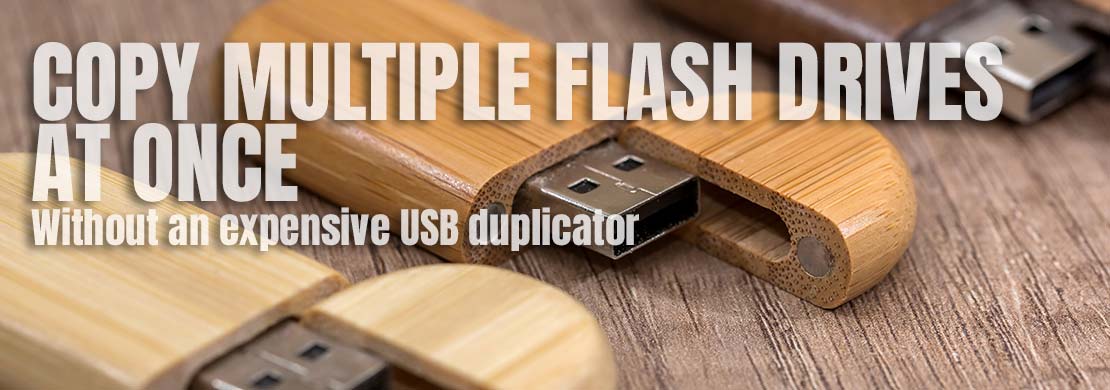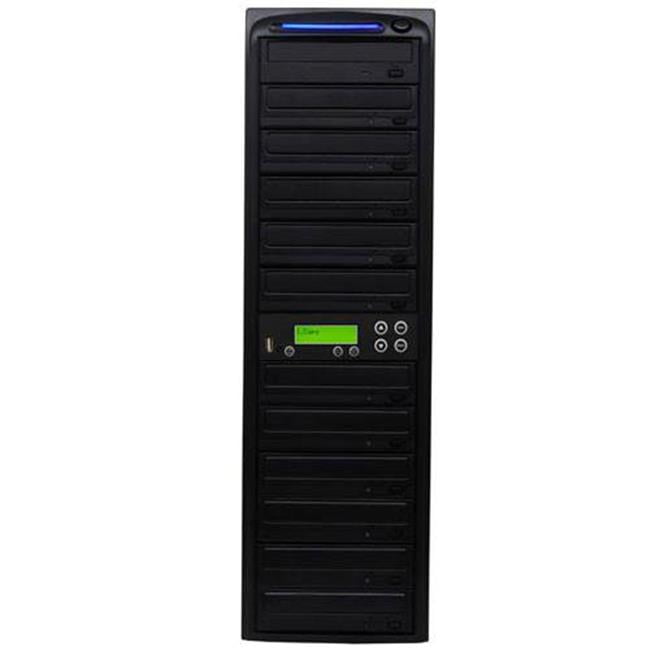


“ G:\") it uses once it mounts, and launch Rufus. Plug your USB drive into an available USB port on your Windows PC, note which drive designator (e.g. This is to allow for the most hardware compatibility.Ĭreating a Bootable Kali USB Drive on Windows (Rufus) Once Etcher alerts you that the image has been flashed, you can safely remove the USB drive and proceed to boot into Kali with it.Īt the time of writing, Etcher will use MBR. Note: You may get a UAC prompt asking for administrator privileges that you will need to accept.ĥ. Press Select target and check the list of options for the USB drive (e.g. Press Flash from file, and locate the Kali Linux ISO file to be imaged with. “ G:\") it uses once it mounts, and launch Etcher. The procedure is identical.)Ĭreating a Bootable Kali USB Drive on Windows (Etcher) If one does not work for you, consider the other.Ī USB drive, 8GB or larger (Systems with a direct SD card slot can use an SD card with similar capacity. We recommend Etcher (installer or portable) as it is simpler to use, however Rufus is another popular option with its advance options. If you’re running under Windows, there is not one tool that is considered the overall best for imaging.

What You’ll NeedĪ verified copy of the appropriate ISO image of the latest Kali build image for the system you’ll be running it on.

The specifics of this procedure will vary depending on whether you’re doing it on a Linux, macOS/OS X, or Windows system. In order to do this, we first need to create a bootable USB drive which has been set up from an ISO image of Kali Linux.


 0 kommentar(er)
0 kommentar(er)
